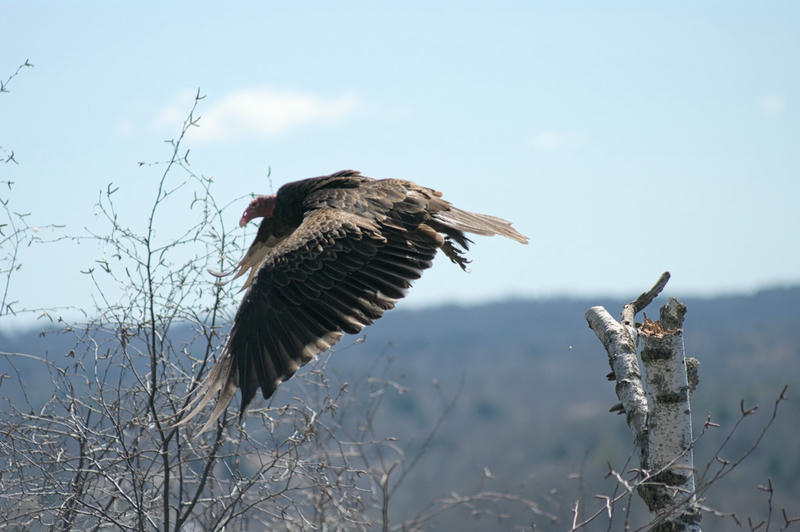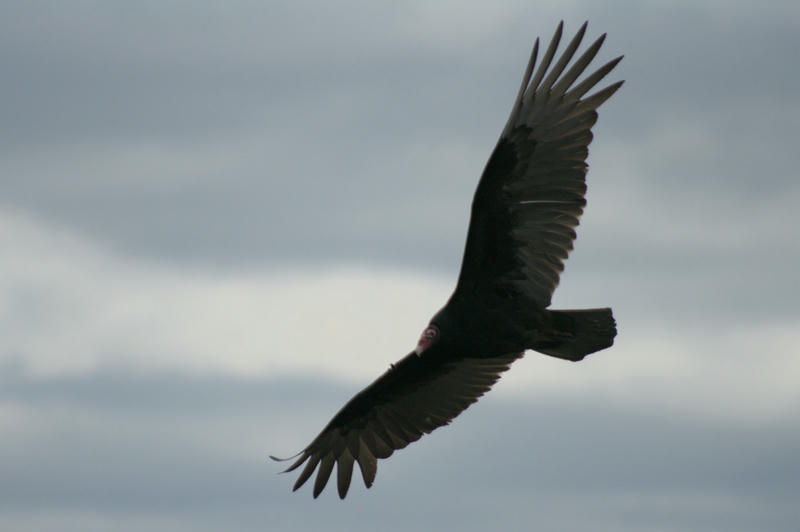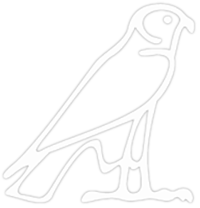Bird Photography
For a couple of years now, I have been taking photographs of turkey vultures at some conservation areas relatively close to my home. At these conservation areas, there are cliffs, and you can often enjoy a view of the vultures soaring past at eye level and only 10-20m away.
I had previously enjoyed photography, but had fallen out of the habit over the years, and this seemed like a good excuse to get back into it.
I find I still routinely struggle with relatively basic things:
- bringing the camera to my "good" eye (for some reason I instinctively bring it to my weaker eye)
- bringing the camera to my eye and having it pointing at what I was focused on with my eye (this is pretty easy with wider angles, but I find it tricky with longer focal lengths, especially when pointing in slightly the wrong direction means pointing at a featureless sky with no hint as to the direction to move)
- holding the camera steady
- tracking moving objects
- focusing on objects (using wide apertures and long focal lengths means that the depth of field is tiny, and the focus is really sensitive)
In addition to these more technical issues, I have found photographing birds also helps me work on my patience and awareness. These two things can make up for some of my shortcomings in the technical domain.
Last weekend, I got the one of the best pictures of a turkey vulture I think I have taken, and I believe this is more down to patience and getting into the patterns of the vultures than any skill improvement. It's still flawed in a number of ways, but I will try to focus on the positive. I had previously taken reasonable static photos of vultures at rest, but I have really wanted to get a nice photo of them in flight.
I will often sit or stand in an area that's relatively exposed at the cliff edge and take photos of the vultures as they soar past. The trouble is, the closer they are, the faster they pass, and the more technical difficulty I have as I have to quickly react and adjust. So I have quite a lot of "ok" photos from a bit of a distance, but pretty much no good ones where the subject naturally occupies the majority of the frame, even at 300mm.
So, what was different this time? I saw a couple of vultures perched in a tree and I waited. It seemed unlikely for them to just stay there forever, so I just needed to be ready for when they took flight. This removed a load of time sensitivity - I could get ready with the exposure, focus, framing, etc. and I'd just need to keep the bird in frame as it leaves its perch.
I have also found as I spend more time with the vultures, they become more predictable to me. So I can be better prepared and less reactive when the opportunity for a photograph presents itself. So even when they are already in flight, I have more of a chance of taking a reasonable photo.
I still want to work on all of the technical skills, to give myself the ability to quickly react and take pictures, but finding these strategies to make the most of the skills I currently have makes the experience less frustrating. Now I will take a hundred photos and be pretty happy with a couple of them at least.
Some pictures:


